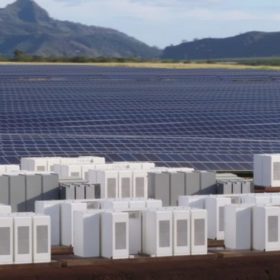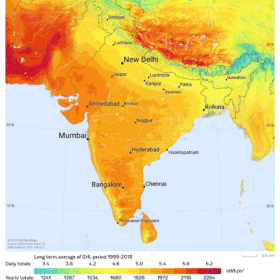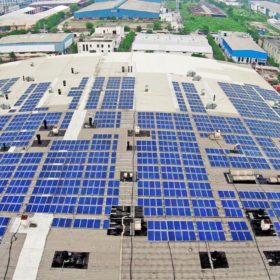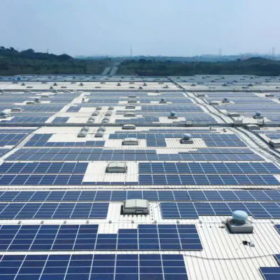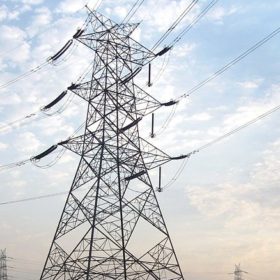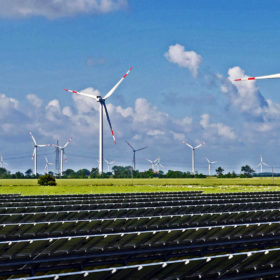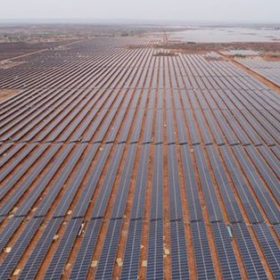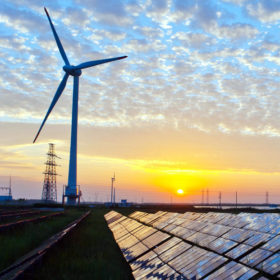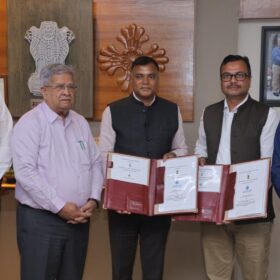Could India establish itself as the global leader in energy storage?
In India, the lack of suitable fiscal incentives and relevant experience, combined with high upfront capital costs, has hindered the adoption of battery energy storage systems (BESS) in comparison to other developed countries. However, there is potential for the country to take the lead.
Drones playing a critical role in India’s solar boom
Drones, in combination with artificial intelligence, are helping to drive powerful insights, allowing teams to make better-informed decisions throughout the solar project development lifecycle.
Indian solar developers must capitalize on advances in resource risk management
For developers to close the emerging gap as the market becomes more competitive – and, crucially, build projects that perform to investors’ expectations in the long term – they need to not only develop better understanding of the factors influencing project performance but also take steps to adopt advances made in other established solar markets worldwide in the use of solar data.
Rooftop solar: How to mitigate the impact of a new net metering limit
A net feed-in tariff could offer a solution for consumers, developers, and distribution companies.
Budget expectations for solar manufacturing
The government should consider offering a 50% capital subsidy for setting up R&D and quality testing infrastructure within the manufacturing units and a 200% super-deduction for the R&D expenditure on new and clean solar technology development. Simultaneously, it should look at implementing tariff barriers on imports for at least four-five years.
Catalyzing the growth of rooftop solar in India
Challenges like frequent policy and regulatory changes, high capital costs, low awareness, non-uniformity in approval processes across states, restriction on net metering, and additional charges by DISCOMs need to be addressed for rooftop solar to take off in India.
Debunking feeder segregation
Feeder segregation, i.e., the installation of dedicated electricity supply lines for agriculture, is often celebrated as the solution to the electricity utilities’ pain point of free or highly subsidized electricity supply for agriculture. But does it address the root cause of the issue?
India’s path away from climate disaster lies in the rapid growth of renewable power
The nation is already firmly positioned to lead the world in the clean energy revolution. Consolidating this position would unlock significant economic growth and competitiveness by attracting domestic and foreign investment, creating jobs, and improving public health.
INR 2.0/kWh tariff is a new milestone in Indian solar PV history
The minimum solar tariffs discovered fell by 131.5% over the last five years, with an 18% drop achieved in the last five months alone.
Driving a just clean energy transition
Climate Policy Initiative and REConnect Energy have developed an innovative mechanism called Garuda to retire old, inefficient thermal plants with equivalent renewable capacity. The scheme proposes a blended tariff that would include the normal tariff for the new renewable energy plant plus the cost of decommissioning the old fossil fuel plant, while making the provision for green bonds to finance RE.
